Drugs based on nucleic acids are easily degradable and tough to deliver, but a way around this is to coat them in protective carrier.
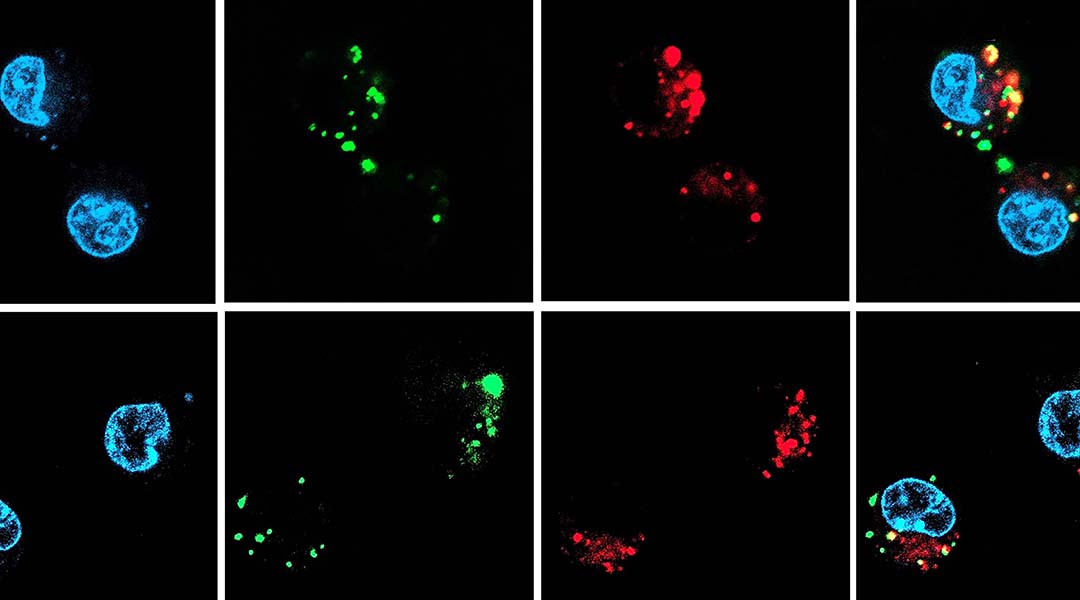

Drugs based on nucleic acids are easily degradable and tough to deliver, but a way around this is to coat them in protective carrier.
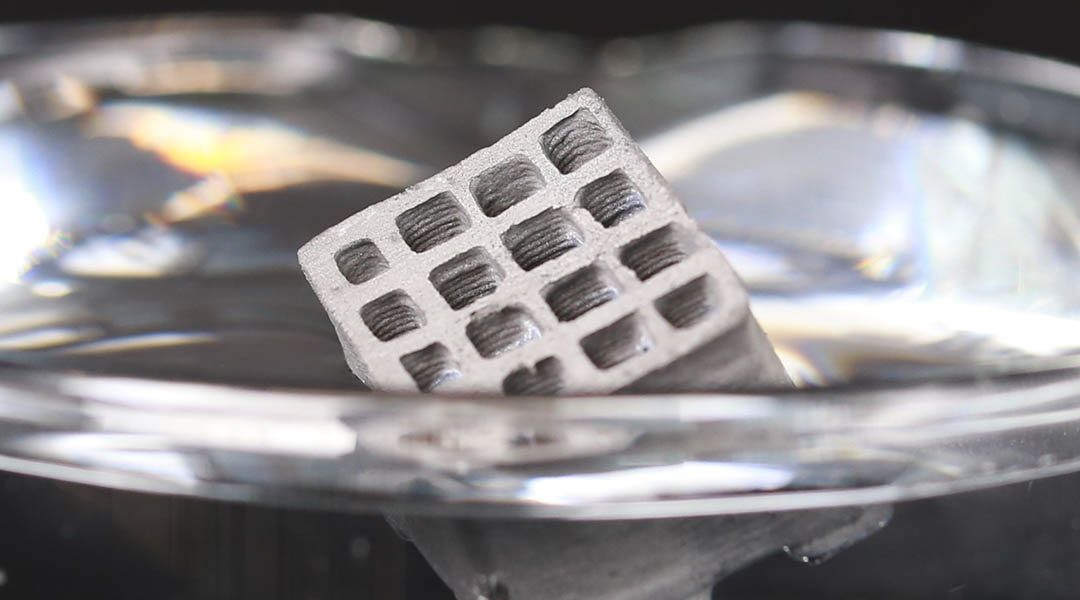
Striking images and innovative science — from a hydrogel chessboard to floating steel and a thyroid-on-a-chip.
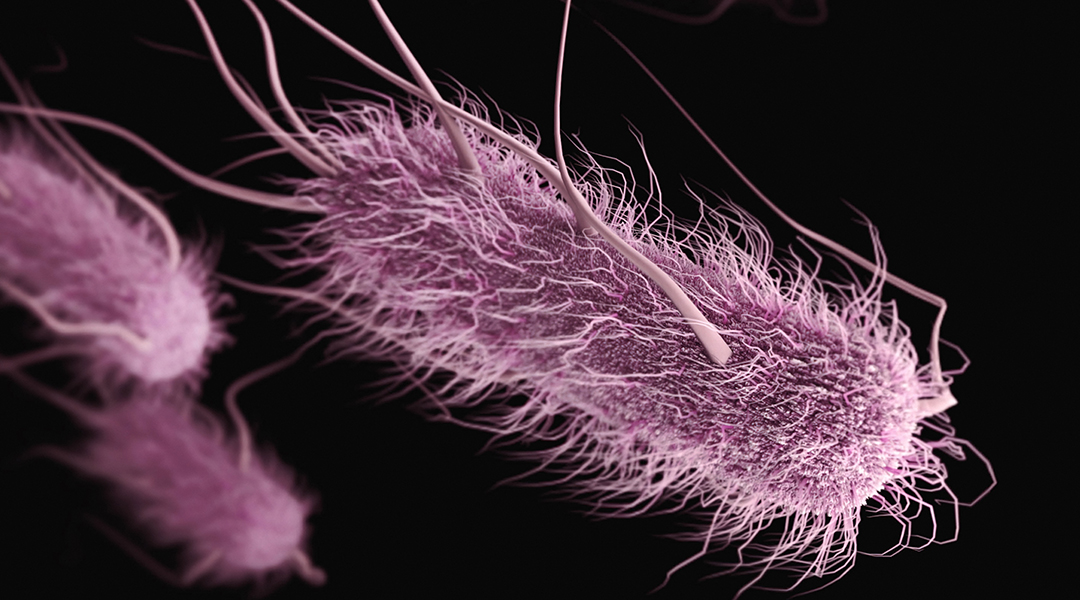
Incorporating polymer skeletons inside bacteria stops them from replicating and results in cyborg cells that are half living, half artificial.
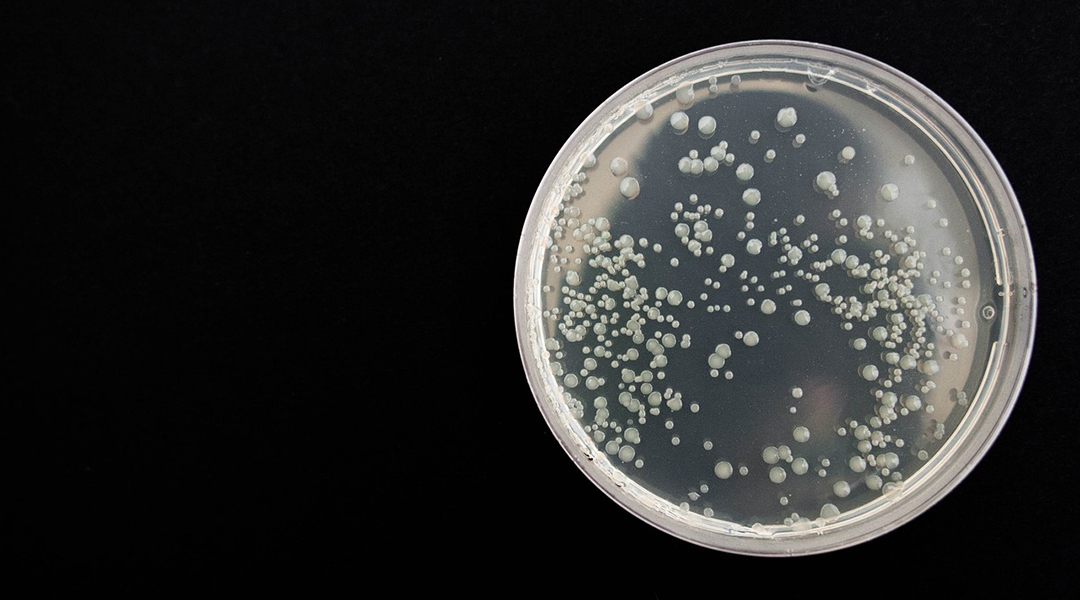
It is generally accepted that a community of beneficial bacteria make up the lung microbiome, but their origin and formation have remained unclear — until now.
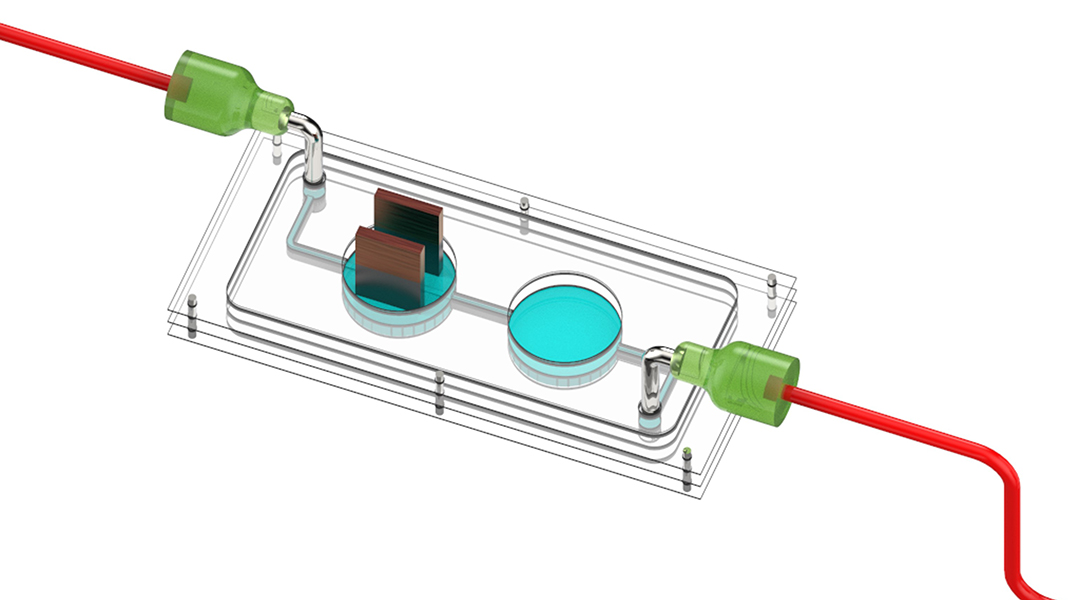
The device provides a powerful tool for studying and treating diabetes, allowing personalized modelling by using patients’ own cells.

A new hydrogel platform helps monitor chemotherapies in the body in real-time, allowing their side effects and potency to be better understood.
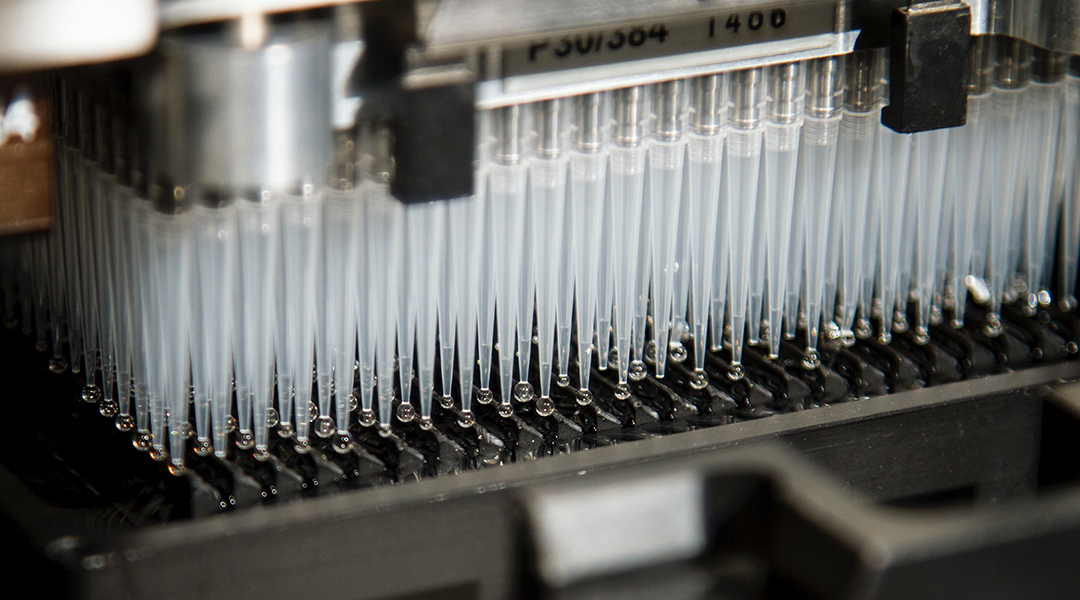
Stimulating neuron growth using a new mRNA therapy, researchers hope to treat chronic pain caused by disease, injury, or chemotherapy.
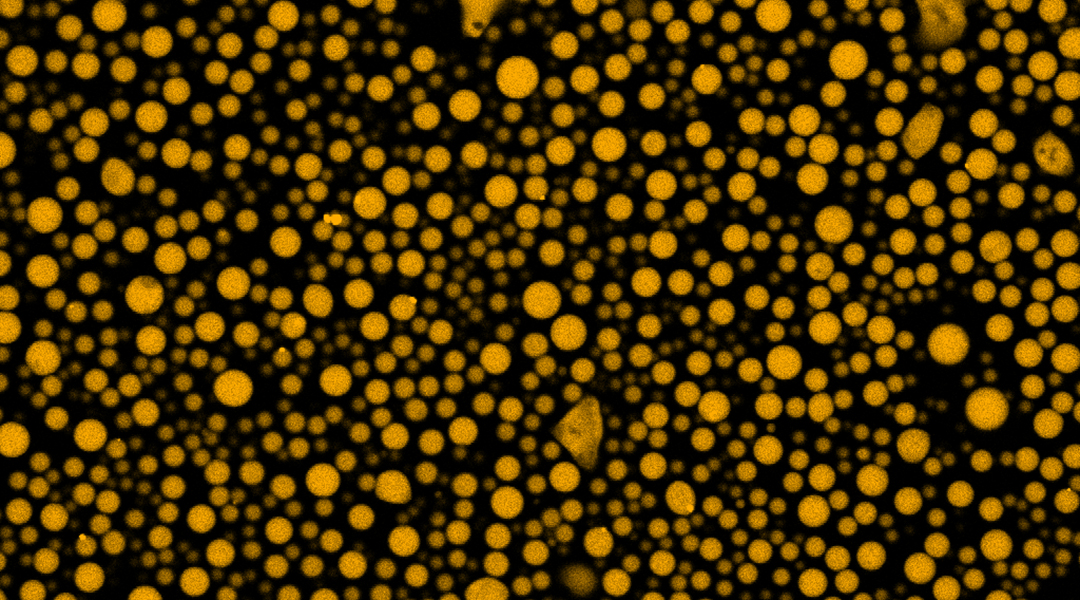
New research inspired by “viral factories” shows the potential of encapsulating target molecules in membrane-free compartments.
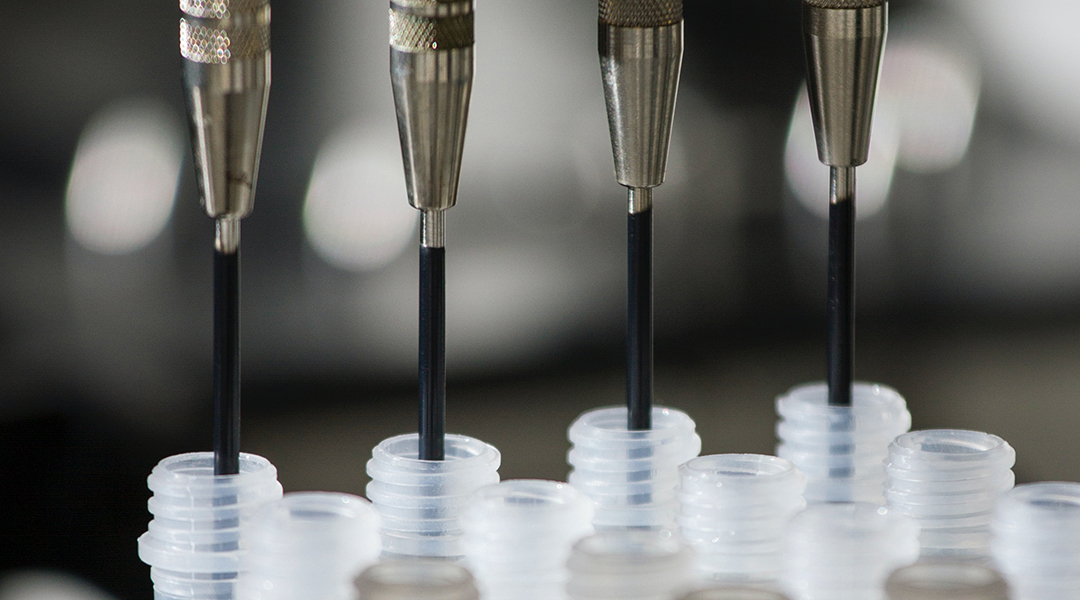
Artificial enzymes could help bring down the manufacturing costs of different medications, making them more available to patients.
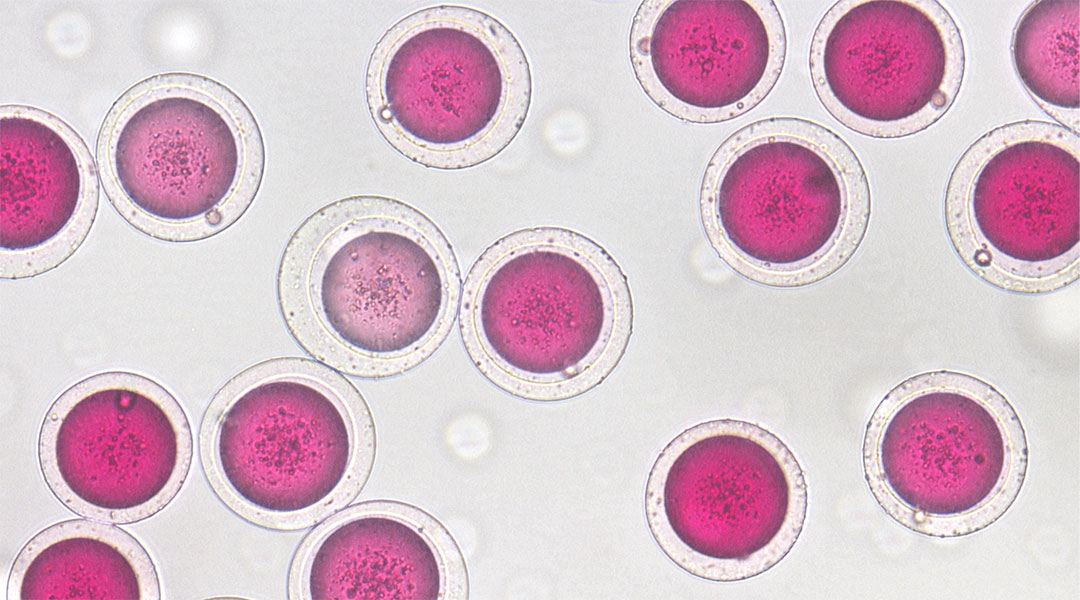
Check out atomic glimpses of graphene ribbons, double bubble microspheres, and a solar evaporator made from bone.